Candy
Nutritional Advice from BOYS’ LIFE
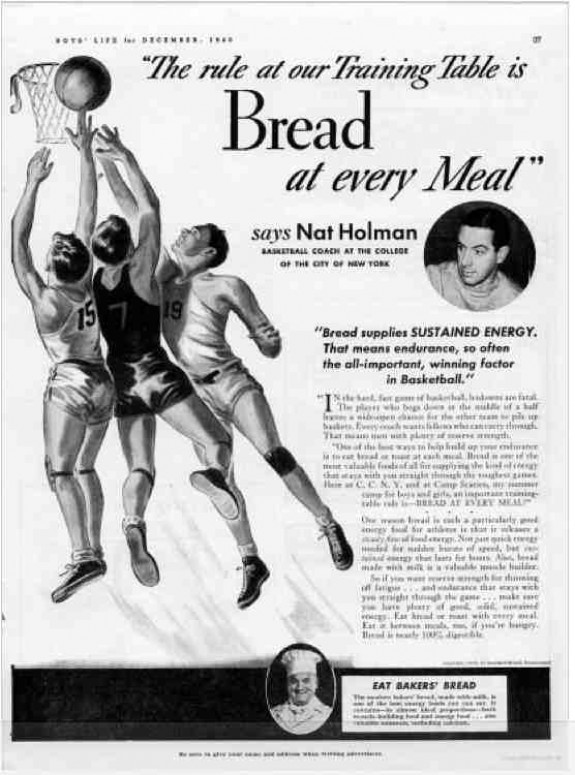

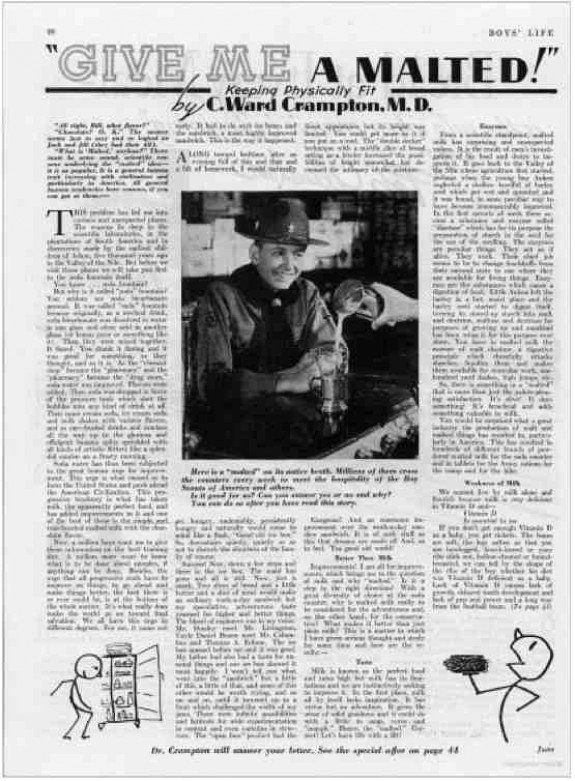
Posted By: Paul - Sun Sep 09, 2012 -
Comments (17)
Category: Magazines, Candy, Chocolate, Junk Food, Nutrition, 1930s, 1940s
Daffy Over Taffy
"Something makes me wistful when I got a fistful."
More info here.
Posted By: Paul - Sun Aug 05, 2012 -
Comments (3)
Category: Humor, Surrealism, Candy, 1930s
The Overly Sexual Easter Bunny
Maybe they were trying to appeal to the furry-fetish segment of the Easter candy market.
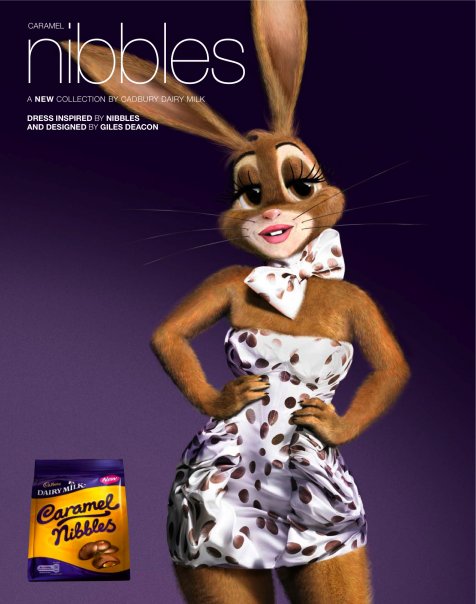
(via Sociological Images)
Posted By: Alex - Tue Apr 10, 2012 -
Comments (9)
Category: Candy, Easter
Chicken Dinner Candy
According to the Candy Professor, Chicken Dinner Candy Bars were introduced by the Sperry Candy Company of Milwaukee in 1923. They soon became one of the best selling candy bars of their day. Despite the name, they had nothing to do with chicken or dinner. The bar was a chocolate-covered nut roll. (Sounds pretty good!)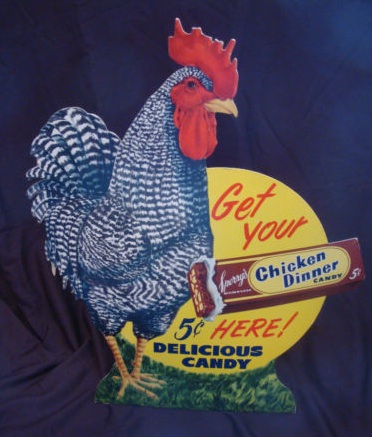
Wikipedia claims the name was a reference to President Herbert Hoover's promise of a "chicken in every pot." But that can't be right if the bars were introduced in 1923. The Candy Professor argues that the name was just an advertising gimmick to get people's attention.
Wikipedia also says that early TV commercials for Chicken Dinner Candy had a jingle that went, "Chick - Chick - Chick - Chick - Chicken Dinner" -- in the cadence of a rooster crowing.
The image of the Chicken Candy advertisement comes from an eBay auction. The seller wants $175 for the vintage cardboard advertisement, which seems a lot, though perhaps not if that's the kind of thing you collect.
Posted By: Alex - Wed Jan 04, 2012 -
Comments (4)
Category: Food, Candy
Russian Twix Commercial
Twix from Igor Kozhevnikov on Vimeo.
Posted By: Paul - Fri Feb 11, 2011 -
Comments (3)
Category: Business, Advertising, Products, Candy, Russia
Another Helping of Food Related Weirdness – 7

Meanwhile, here is someone who is taking the chocolate maker’s art way too literally. Jean Zaun of Fredericksburg in Pennsylvania uses a mixture of dark and white chocolate, food colouring and confectioner’s glaze to recreate famous works of art, including the frames, in a deliciously edible form. Her subjects have included the works of Van Gogh, Munch and Da Vinci, as well as a portrait of Ozzy Osborne commissioned by his wife. While the chocolate artworks are edible, Zaun believes they should be souvenirs rather than snacks. “They are meant to be consumed by the eye, not the stomach.” Zaun Explained (Daily Mail).
And the misuse of materials won’t stop there, at least not if Dr. Peter Eisner of the Fraunhofer Institute gets his way. Concerned that meat consumption is both unhealthy and bad for the environment, Dr. Eisner has started looking for ways to supplement or replace animal products with vegetable equivalents. His first success is a milk substitute derived from lupins that can even be used to make cheese, meanwhile co-worker Daniela Sussmann has extracted a protein from the seeds gives low-fat sausages more of the sensation of their unadulterated competition. Eisner reckons that our ever growing appetite for meat could one day be disastrous, arguing that the resources needed to produce 1 kilo of meat could instead yield 80 to 100 kilos of fruit or vegetables (Softpedia).
More in extended >>
Posted By: Dumbfounded - Mon Jan 10, 2011 -
Comments (7)
Category: Agriculture, Animals, Farming, Art, Food, Bacon, Candy, Junk Food, Nutrition, Vegetables
Gummie Chernobyl
Gummie Chernobyl from Ian Miller on Vimeo.
Posted By: Paul - Sun Jun 27, 2010 -
Comments (2)
Category: Death, Candy, Cartoons
Haggis-flavored Chocolates
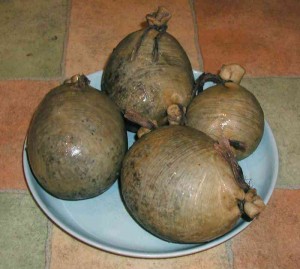

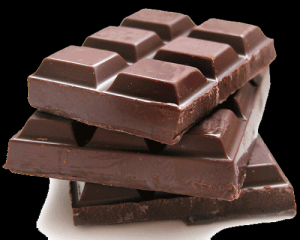

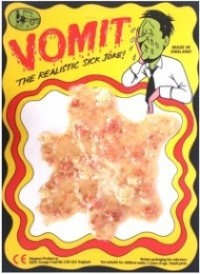
Read about it here.
Posted By: Paul - Sun Apr 11, 2010 -
Comments (8)
Category: Food, Candy, Regionalism, Europe
More France Gall
WU-vies have no one to blame for this post except fellow reader John Armstrong, who practically dared us in a comment to put this sappy song up!
Posted By: Paul - Fri Feb 12, 2010 -
Comments (1)
Category: Candy, Reader Recommendation, 1960s, Europe
Follies of the Mad Men #87
Musical gorilla = humorous.
Relevance of musical gorilla to candy bars: uncertain.
Posted By: Paul - Tue Feb 09, 2010 -
Comments (9)
Category: Animals, Business, Advertising, Products, Music, Candy

| Who We Are |
|---|
| Alex Boese Alex is the creator and curator of the Museum of Hoaxes. He's also the author of various weird, non-fiction, science-themed books such as Elephants on Acid and Psychedelic Apes. Paul Di Filippo Paul has been paid to put weird ideas into fictional form for over thirty years, in his career as a noted science fiction writer. He has recently begun blogging on many curious topics with three fellow writers at The Inferior 4+1. Contact Us |




